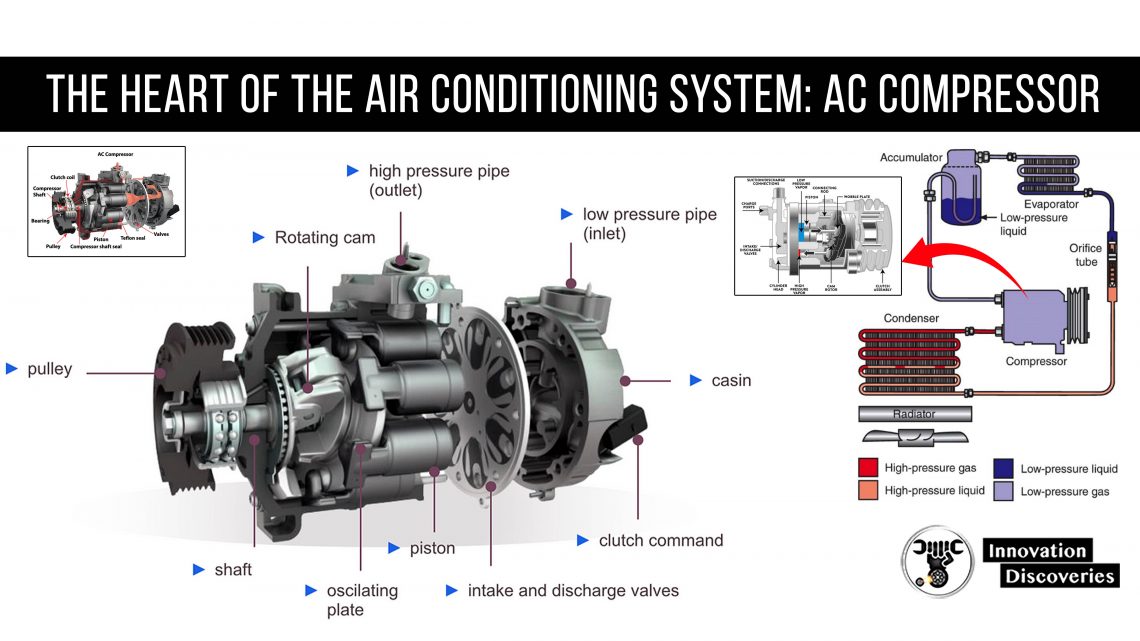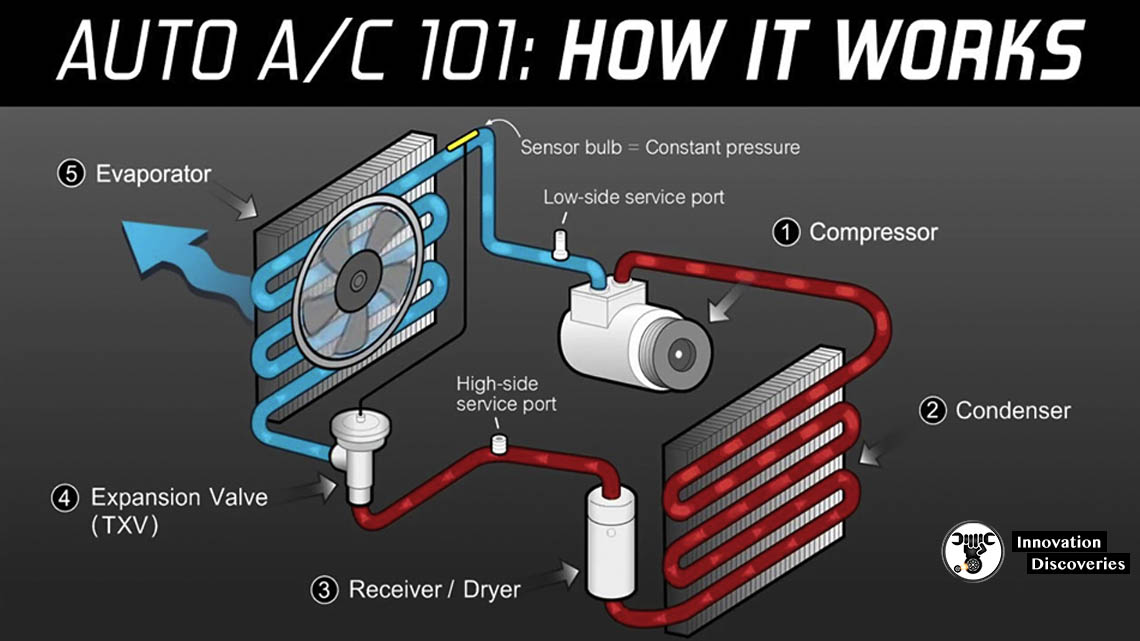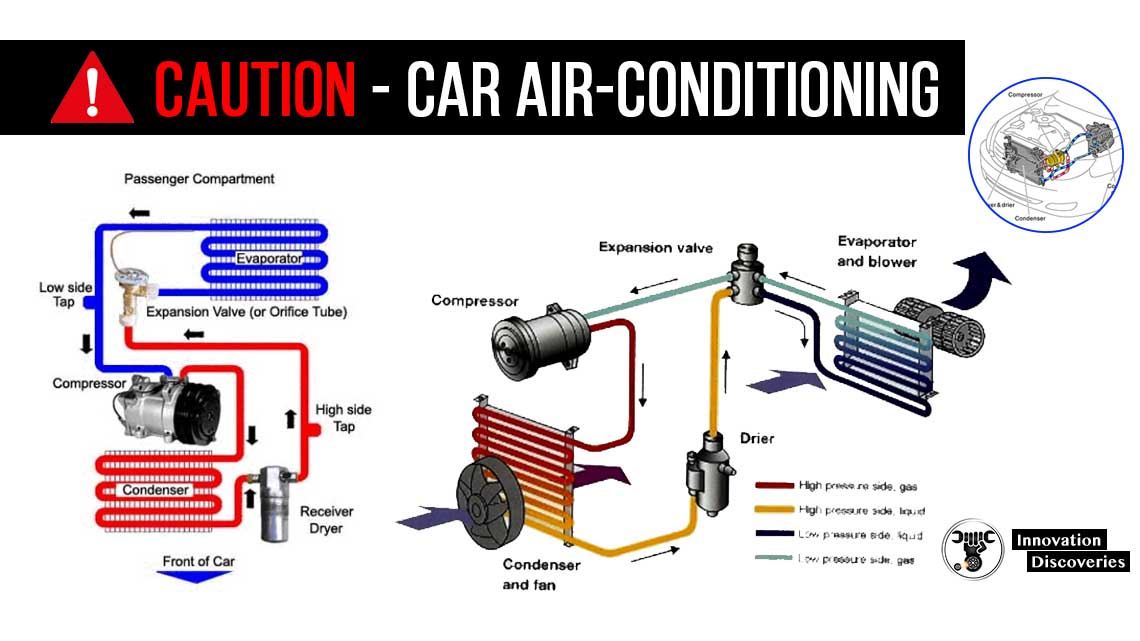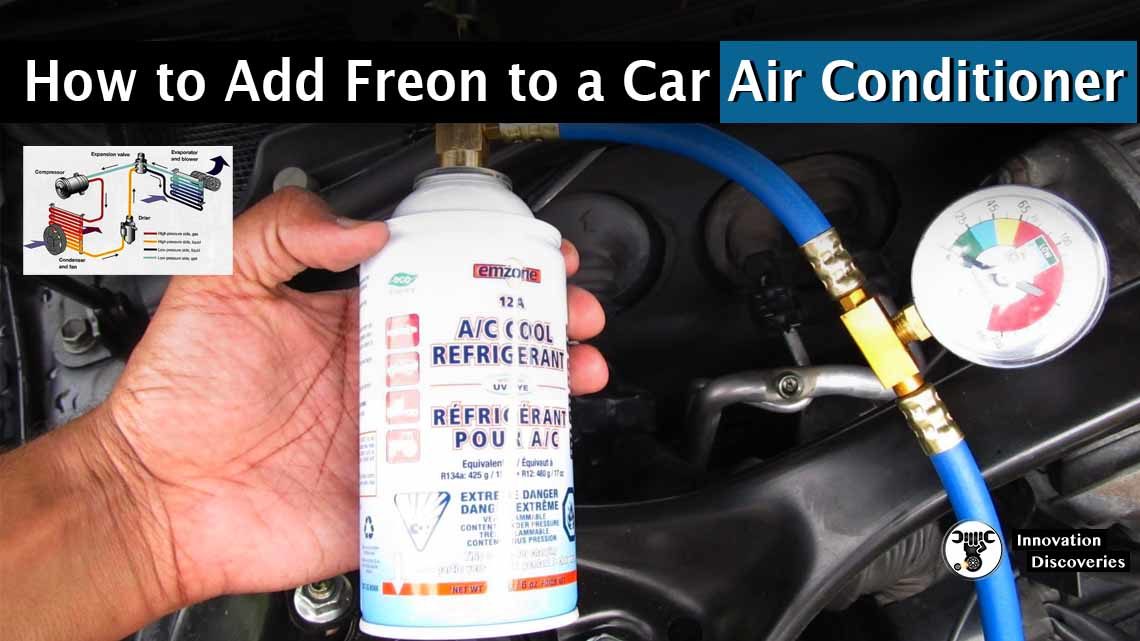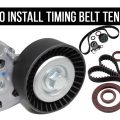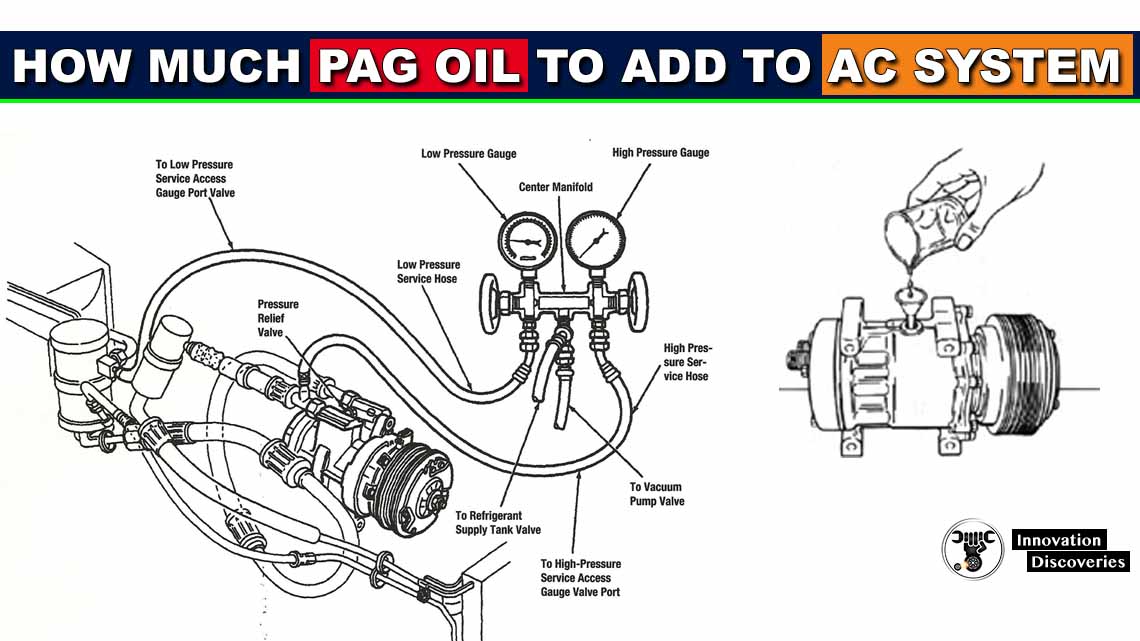
Introduction
Proper air conditioning system maintenance is essential for both performance and longevity. While many car owners focus on refrigerant levels, one often-overlooked but equally important component is PAG oil (Polyalkylene Glycol oil). This specialized lubricant keeps the AC system running smoothly by reducing wear, preventing corrosion, and supporting refrigerant circulation.
In this article, we’ll explore what PAG oil is, why it’s important, how much to add, and how to do it right—all from the perspective of an experienced auto technician.
What Is PAG Oil?
PAG oil is a synthetic lubricant specifically developed for automotive air conditioning systems that use R-134a or R-1234yf refrigerants. It’s designed to circulate through the system along with the refrigerant, providing critical lubrication to the compressor and other moving parts.
Key Characteristics of PAG Oil:
- Synthetic and non-mineral based
- Hygroscopic (absorbs moisture easily)
- Comes in different viscosities: PAG 46, PAG 100, and PAG 150
- Must be matched exactly to the vehicle’s compressor specifications
Why Is PAG Oil So Important?
1. Compressor Lubrication
The compressor is the heart of the AC system. Without proper lubrication, it can overheat or seize, leading to costly repairs.
2. System Efficiency
PAG oil allows the refrigerant to flow freely and helps the system maintain optimal pressure, temperature, and efficiency.
3. Preventing Wear and Tear
Metal-to-metal contact inside the compressor can cause damage over time. PAG oil creates a protective barrier to reduce friction and wear.
4. Seal Protection
It also conditions rubber seals and gaskets, reducing the risk of refrigerant leaks over time.
How Much PAG Oil Should Be Added?
The amount of PAG oil you add depends on what part of the AC system you’re servicing or replacing. Below is a general guide used by technicians:
| Component | PAG Oil Amount |
|---|---|
| Compressor (new or flushed) | 1.4 oz (40 ml) |
| Evaporator | 1.5 oz (45 ml) |
| Condenser | 1.0 oz (30 ml) |
| Receiver-Drier / Accumulator | 1.0 oz (30 ml) |
| Hoses or Lines (each) | 1.0 oz (30 ml) |
⚠️ These values are average estimates. Always check your vehicle’s service manual or OEM guidelines for the exact amount and viscosity of PAG oil.
When Should You Add PAG Oil?
You should add or replenish PAG oil whenever:
1. Replacing the Compressor
Always drain and measure the oil from the old compressor. If the new one comes pre-filled, match it to the required system amount.
2. Replacing Major Components
Whenever you replace components like the evaporator, condenser, accumulator, or hoses, add oil based on the volume listed above.
3. Complete System Flush
If the system was contaminated (e.g., due to compressor failure), perform a complete flush and recharge with the correct amount of fresh PAG oil.
4. Repairing Leaks or After Refrigerant Loss
Some oil is lost with refrigerant leaks. After leak repair, the oil must be topped up to avoid under-lubrication.
Choosing the Right PAG Oil Viscosity
Choosing the correct PAG oil type is just as critical as the quantity:
- PAG 46 – Used in most modern vehicles with smaller compressors
- PAG 100 – Medium viscosity; used in mid-range systems
- PAG 150 – High viscosity; used in heavy-duty or older systems
❗ Never mix different types of PAG oil. It can affect performance and damage internal parts.
Check your compressor label, vehicle specs, or consult a technician if you’re unsure.
Risks of Incorrect PAG Oil Amount
✘ Too Much Oil:
- Reduces cooling efficiency
- Coats the evaporator and condenser, reducing heat transfer
- Can raise pressure in the system
- May cause compressor damage
✘ Too Little Oil:
- Increases wear on internal components
- Compressor may overheat
- Shortens system lifespan
- Can result in noisy operation or system failure
Precision is critical. Even being off by an ounce can make a big difference in system performance.
Best Practices from the Workshop
As a technician, here’s what I recommend for correct PAG oil handling:
- Measure Accurately
Use a syringe or measuring container with clear markings. Avoid guessing. - Drain and Inspect
Always drain and inspect oil from old components before installing new parts. - Flush the System If Needed
If the system has had a major failure or was left open, flush out old oil and contaminants before recharging. - Avoid Moisture Contamination
PAG oil absorbs moisture quickly. Keep it sealed when not in use and never pour from an open bottle that’s been sitting. - Use Vehicle-Specific Oil
Some manufacturers require proprietary oils (e.g., Double-End-Capped PAG for some newer systems). Always follow OEM guidelines.
Signs Your AC System May Lack PAG Oil
- AC compressor is noisy or rattling
- Airflow feels warm even when refrigerant level is correct
- Compressor cuts in and out rapidly
- Burning smell from the AC vents
- AC clutch fails to engage
If you notice any of these symptoms after a repair or recharge, it’s possible that the oil level was incorrect.
Final Thoughts
PAG oil might seem like a small part of your AC system, but it plays a massive role in keeping everything running smoothly. As a rule of thumb:
- Always use the right type and amount
- Handle with care to avoid contamination
- Double-check specs for your vehicle before adding
If you’re not confident doing it yourself, have an experienced technician handle the service. Your AC system—and your wallet—will thank you in the long run.
Discover More:
How To Use AC Vacuum Pump For Pulling Out The Moisture?
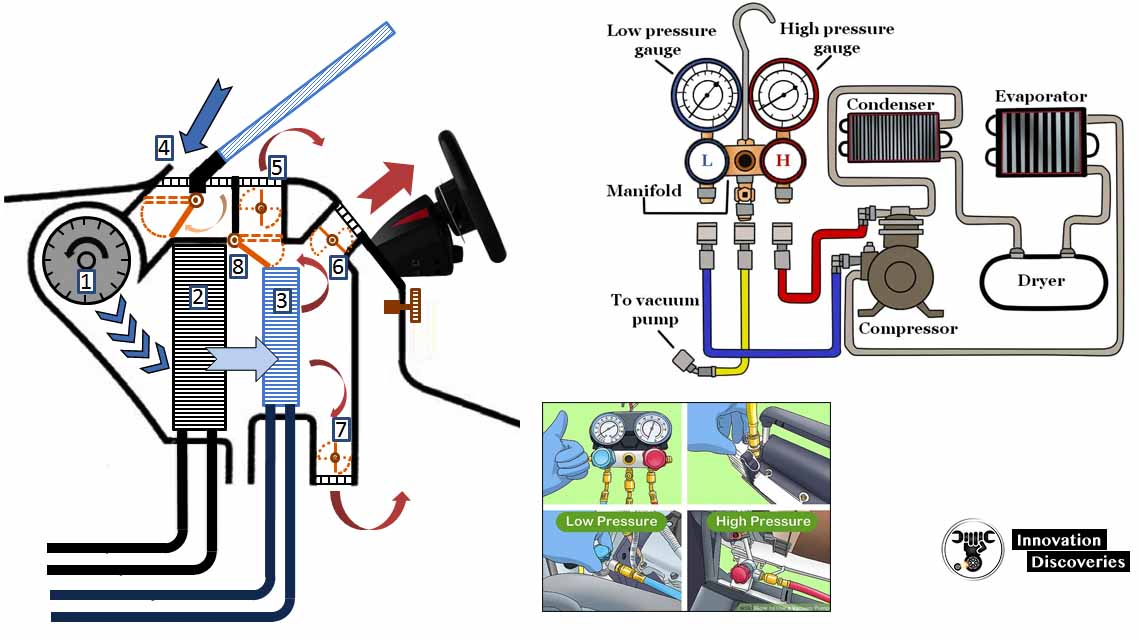
Visit Forum
Visit Our Friendly Website


